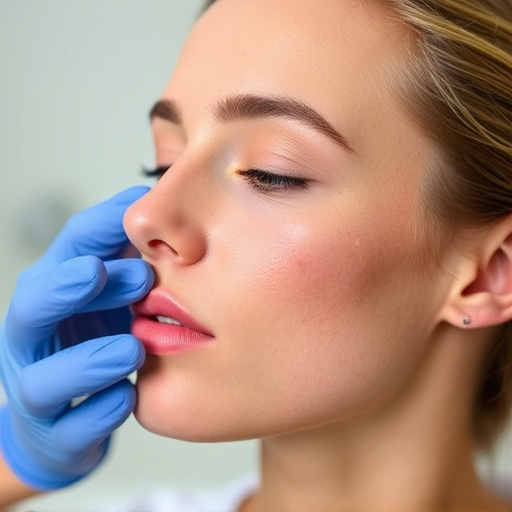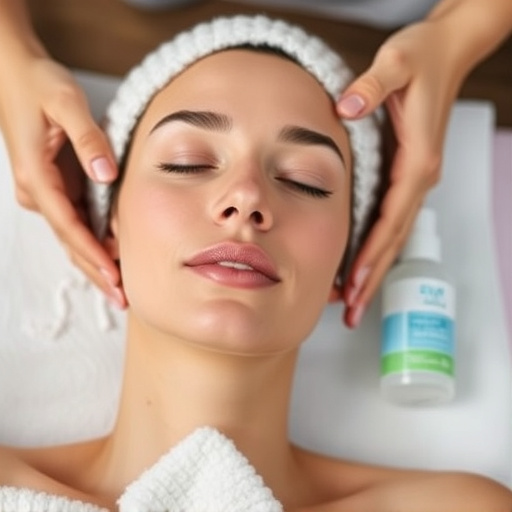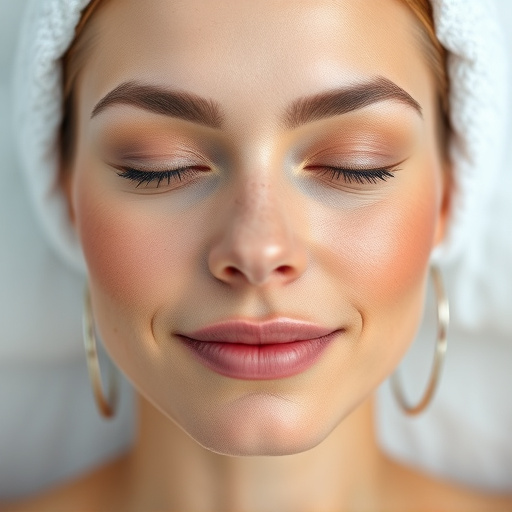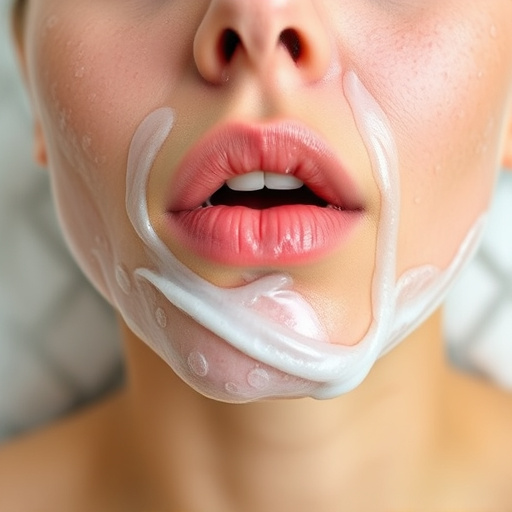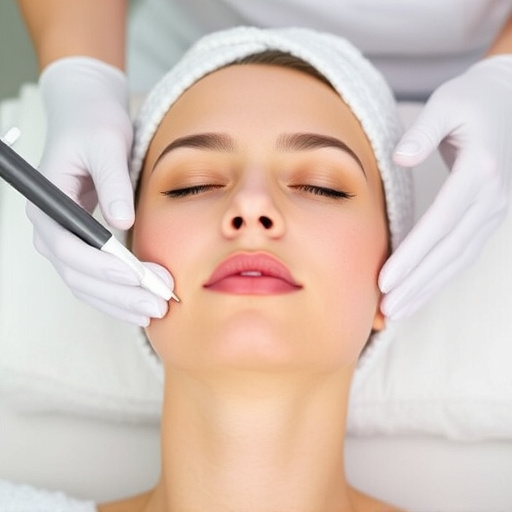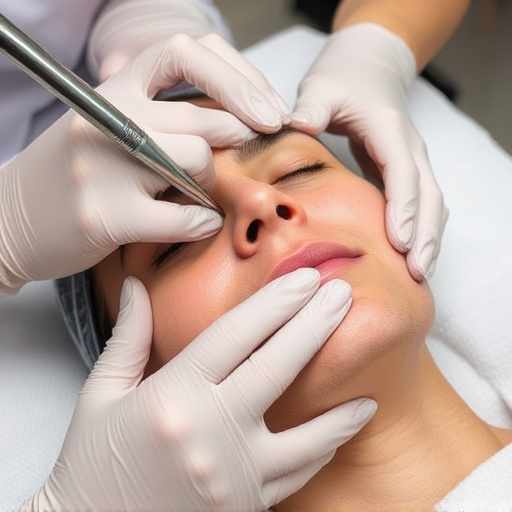Warts in hard-to-reach areas require specialized wart removal treatment. Traditional methods like cryotherapy, laser, or surgery have limitations, but alternatives such as facials and chemical peels offer precise, gentle solutions. Identify the wart's location and type, consider skin sensitivity, and understand chosen treatments for optimal results.
Warts can be a persistent nuisance, especially when they appear in difficult-to-reach areas. This comprehensive guide delves into the challenges posed by hidden warts and offers effective solutions for their removal. From understanding the nature of these stubborn growths to exploring specialized treatments and practical tips for successful management, this article equips readers with knowledge to tackle hard-to-reach warts. Discover expert advice on wart removal treatment tailored for these discreet yet problematic areas.
- Understanding Warts and Their Challenges in Hard-to-Reach Areas
- Exploring Effective Wart Removal Treatments
- Practical Tips for Successful Treatment of Hidden Warts
Understanding Warts and Their Challenges in Hard-to-Reach Areas
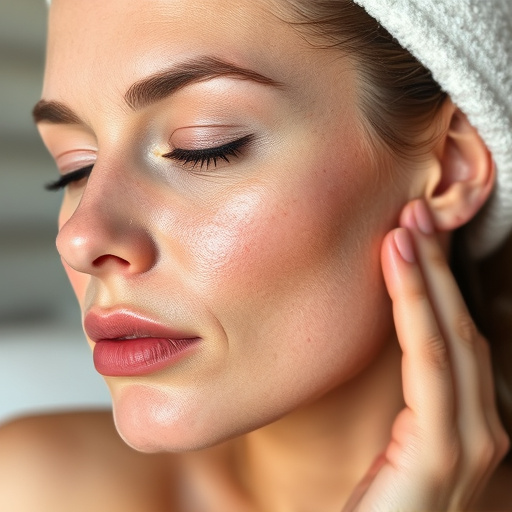
Warts are small, benign growths that can appear on various parts of the body, often causing concern and discomfort. When they develop in difficult-to-reach areas like the feet, hands, or genital regions, managing them becomes a unique challenge. These areas often have limited accessibility, making traditional wart removal treatments more complicated. The skin’s sensitivity and proximity to joints or sensitive organs require extra caution during treatment.
Understanding the nature of warts is essential for effective wart removal treatment. Warts are caused by the human papillomavirus (HPV), which can lead to rough, scaly patches on the skin. In hard-to-reach areas, they might present as small bumps or lesions that can be painful or itchy. This makes proper diagnosis and subsequent treatment selection crucial. Some common methods include topical treatments, cryotherapy, laser therapy, and surgical excision, but each has its limitations in accessing these hidden spots. Alternative approaches like hydrating facials or skin tightening may not directly treat warts but can improve overall skin health, making them more receptive to other wart removal techniques. Chemical peels are another option, offering a gentle way to remove the top layers of skin, which can help expose and treat stubborn warts.
Exploring Effective Wart Removal Treatments

When it comes to removing warts from difficult-to-reach areas, exploring effective treatment options is paramount. Many traditional methods can be cumbersome and painful, especially for sensitive zones. Fortunately, advancements in dermatology have introduced a range of specialized wart removal treatments. Customized facials and chemical peels are non-surgical alternatives that target specific skin concerns while promoting healthy regrowth. These techniques offer precise control, ensuring minimal discomfort and faster recovery times compared to invasive procedures.
Chemical peels, for instance, use carefully selected acids to exfoliate the skin, removing the wart and stimulating collagen production. Customized facials, on the other hand, combine various treatments like microdermabrasion and targeted serums to gently yet effectively eliminate warts. These wart removal treatments cater to different skin types and needs, providing a gentle yet powerful solution for even the most challenging areas.
Practical Tips for Successful Treatment of Hidden Warts

When dealing with warts in hidden or hard-to-reach areas, a meticulous approach is key to successful wart removal treatment. Start by identifying the exact location and type of wart, as this guides your chosen method. Non-surgical treatments like cryotherapy (freezing) can be effective but may require repeated sessions. Alternatively, topical treatments applied directly to the wart can target specific skin cells without causing widespread damage, promoting better healing and minimizing scarring.
Consider the skin’s sensitivity and overall health when selecting a wart removal treatment. Some areas, like those around the nails or in genital regions, might necessitate more gentle approaches due to their delicate nature. Acne treatments sometimes share similar ingredients with wart removal solutions, so understanding both your skin’s needs and the active components in the chosen product is essential for maintaining optimal skin health post-treatment.
Warts can be persistent and uncomfortable, especially when they appear in difficult-to-reach areas. However, with the right knowledge and effective treatments, managing and removing these skin growths is achievable. This article has explored various strategies for tackling hidden warts, from understanding their unique challenges to exploring modern treatment options. By following practical tips and considering tailored solutions, individuals can successfully navigate the process of wart removal, reclaiming comfort and confidence in their skin’s health.
